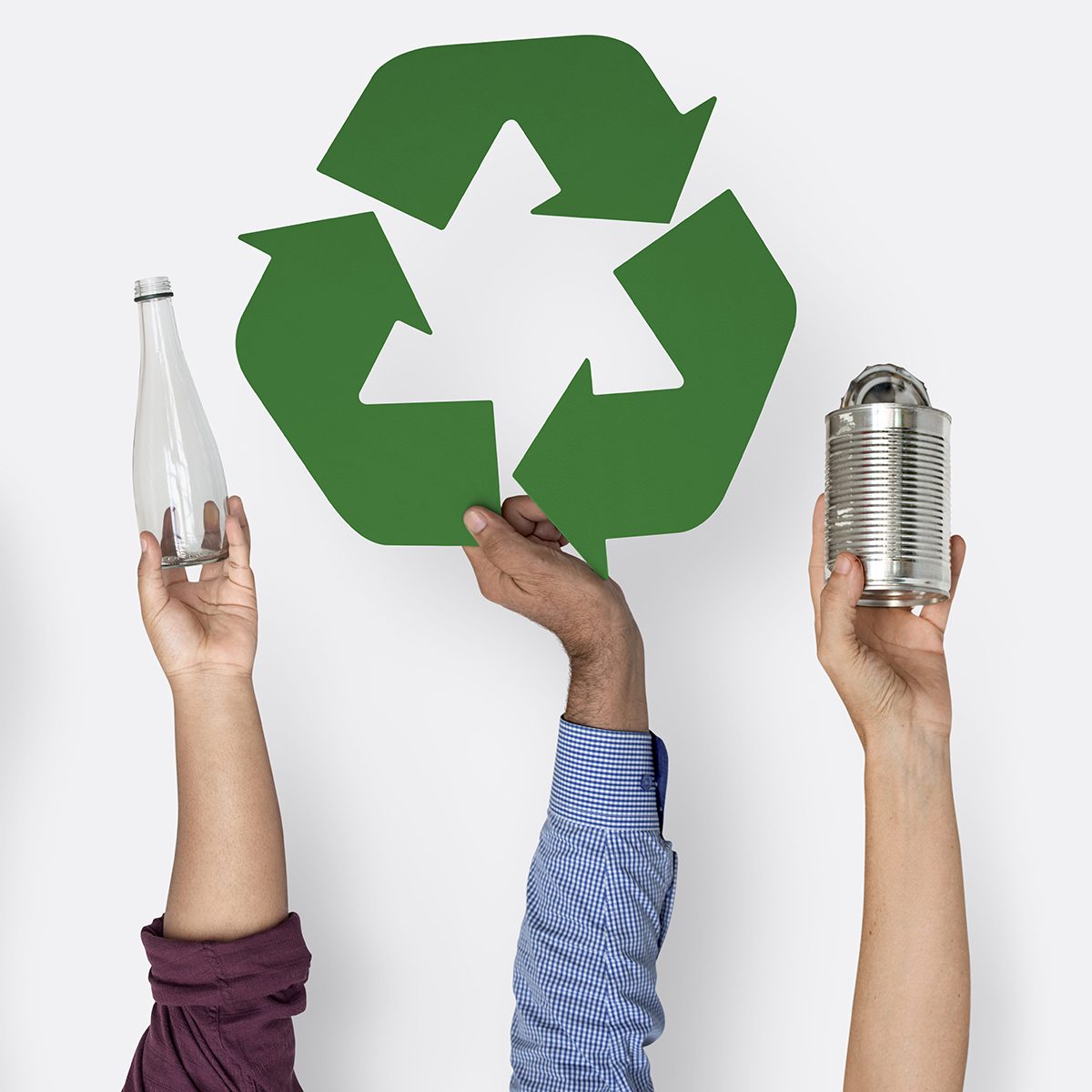
Recycling is so important
Recycling is crucial to prevent reusable materials from making their way to landfills. That said, you should aim to reuse and repurpose as much as possible to cut down on what needs to be recycled in the first place. Stocking up on these 10 reusable versions of things you use every day is a good first step. When it does come time to recycle, here are the nine most recyclable items on Earth.

Paper
Americans use 650 pounds (0.29 t) of paper per year per person. Fortunately, paper is one of the most recyclable materials—66 percent of paper generated in 2017 was recycled. Clean post-consumer paper is reduced to cellulose fibers and can be reused on average five to seven times. “Cellulose is the same product which is extracted from tree barks to produce paper, and by breaking down paper back into it, it can be used again,” Denise Braun, CEO of All About Waste, says.
Magazines, newspapers and office papers can usually be recycled but, not all paper products are recyclable. “Paper towels and napkins are not recyclable, typically due to too much contamination from food waste, oils, dirt and other residues,” Meredith Leahy, waste diversion and circular solutions manager for Rubicon Global, says. Find out the 15 things you should never throw in the recycling bin.

Glass
Glass is infinitely recyclable—except for the type of glass used in mirrors. One ton of recycled glass saves 42 kWh of energy and two cubic yards of landfill space and recycling glass is 33 percent more energy efficient than creating new glass. Recycled glass is often used for containers, fiberglass insulation and artificial sand.
“To recycle glass, the glass must be very clean and the particles must be large enough to separate by color using optical equipment,” says Archie Filshill, CEO of AeroAggregates. “Once cleaned and color sorted, glass is melted and reintroduced into the glass making process, reducing the overall energy required to produce the new glass product.” Beyond recycling, don’t miss these 10 easy ways to go green in the kitchen.
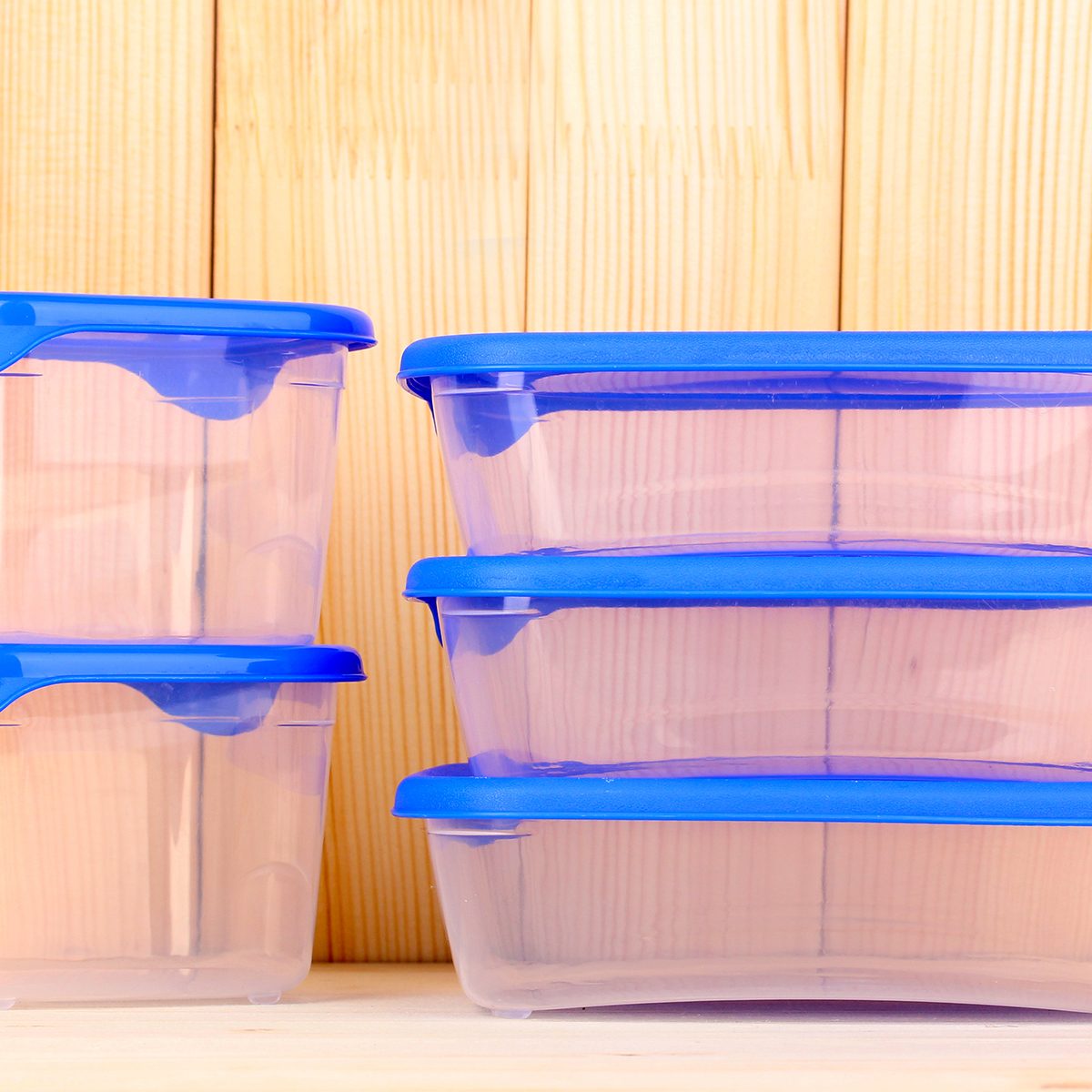
Plastic
While plastics #1 PET and #2 HDPE are the most recyclable, not all plastics can be recycled. (The first type is used to make hard plastic containers such as peanut butter jars and salad dressing bottles while the second is most often used for milk jugs and some shopping bags.) “All plastics have different compound structures and therefore recycling requirements,” says James Rubin, CEO of Enviro Waste. That’s why it’s important that plastics get sorted (either by you or at the recycling facility).
Mechanical recycling reforms plastic into reusable pellets. Clean PET 1 bottles are heated and broken down to be made back into a water bottle while PET 1 bottles that aren’t clean enough are turned into fiber for polyester. Here’s what you need to know about what those recycling numbers mean.
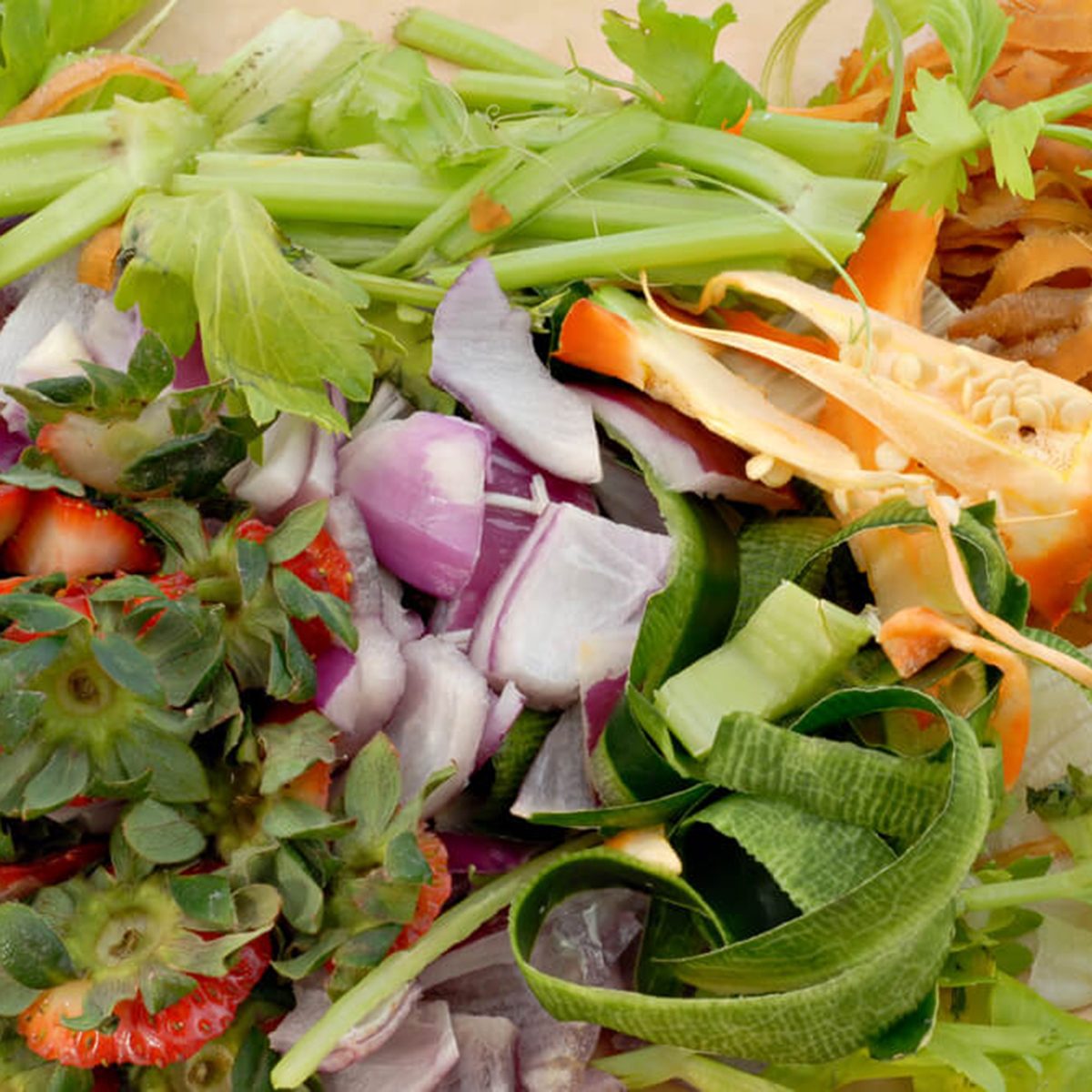
Food waste
In the U.S. cities that have an organic collection program, food waste is a recyclable material. Food waste can also be reused and repurposed at home. Bruised fruits can be used to make preservatives or pies. Vegetable scraps can be used to make broth. Excess meat can be used for animal feed.
“Food can be recycled into energy, heat, fuel and composted into a valuable soil amendment that creates healthy plants, prevents erosion and combats drought. Renderers use meat, fat and bone to make many useful products such as animal feed, soap and fatty-acids. Used cooking oil from fried foods is also processed into glycerol and biodiesel for use as fuel and other products,” Ryan Cooper, Waste Diversion Manager and Organics Recycling Lead at Rubicon Global, says. Here are 5 surprising things you can recycle, and 5 you can’t.

Steel
Steel is the most recycled material by weight. “Steel can continually be recycled because of the chemical composition of its core properties (iron, carbon) and strength,” says Steven Torres, CEO of Metal Carports. “These core properties make it easy to melt and recast without the loss of strength, performance, durability or quality.” Recycled steel goes to a processing plant where it’s separated from other metals and then re-melted and recast for a new purpose, he explains.
Even better, steel can be reused; the manufacturing and construction industries recycle rebar steel shipping containers to build houses, shops and offices. “Steel is favored as a recyclable material because of its strength and longevity of each use—steel products often stay in use for decades,” Torres says. Check out how to dispose of kitchen knives.
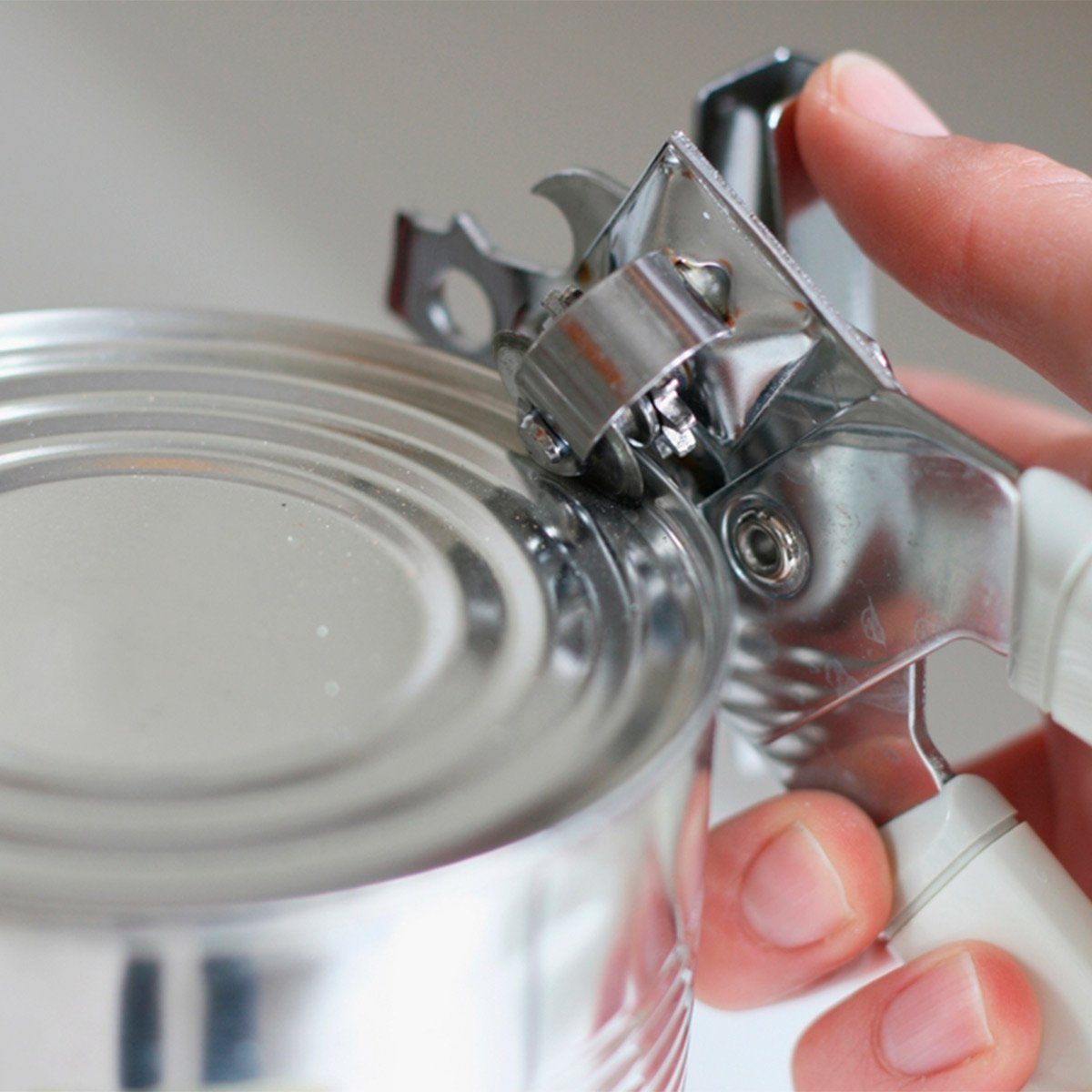
Aluminum
“Aluminum is recyclable because it can be melted down and used infinitely to create new aluminum products,” says Shadi Bakour, CEO of PATHWATER. “Once aluminum is put into the recycling system, it is shredded into small pieces, sorted from other materials with a laser, and melted down using high temperatures. From there, the aluminum is cast into ingots and rolled into sheets, which are then sold to manufacturers and used to create new aluminum products.”
Aluminum requires 95 percent less energy to recycle than to produce from raw material. In 2016, over half of the aluminum in the United States was recycled—1.23 billion pounds of cans were recycled out of 2.5 billion pounds available for recycling. “Aluminum containers easily go from the recycling bin to a recovery facility to store shelves over and over again in a truly closed-loop system,” Bakour says.
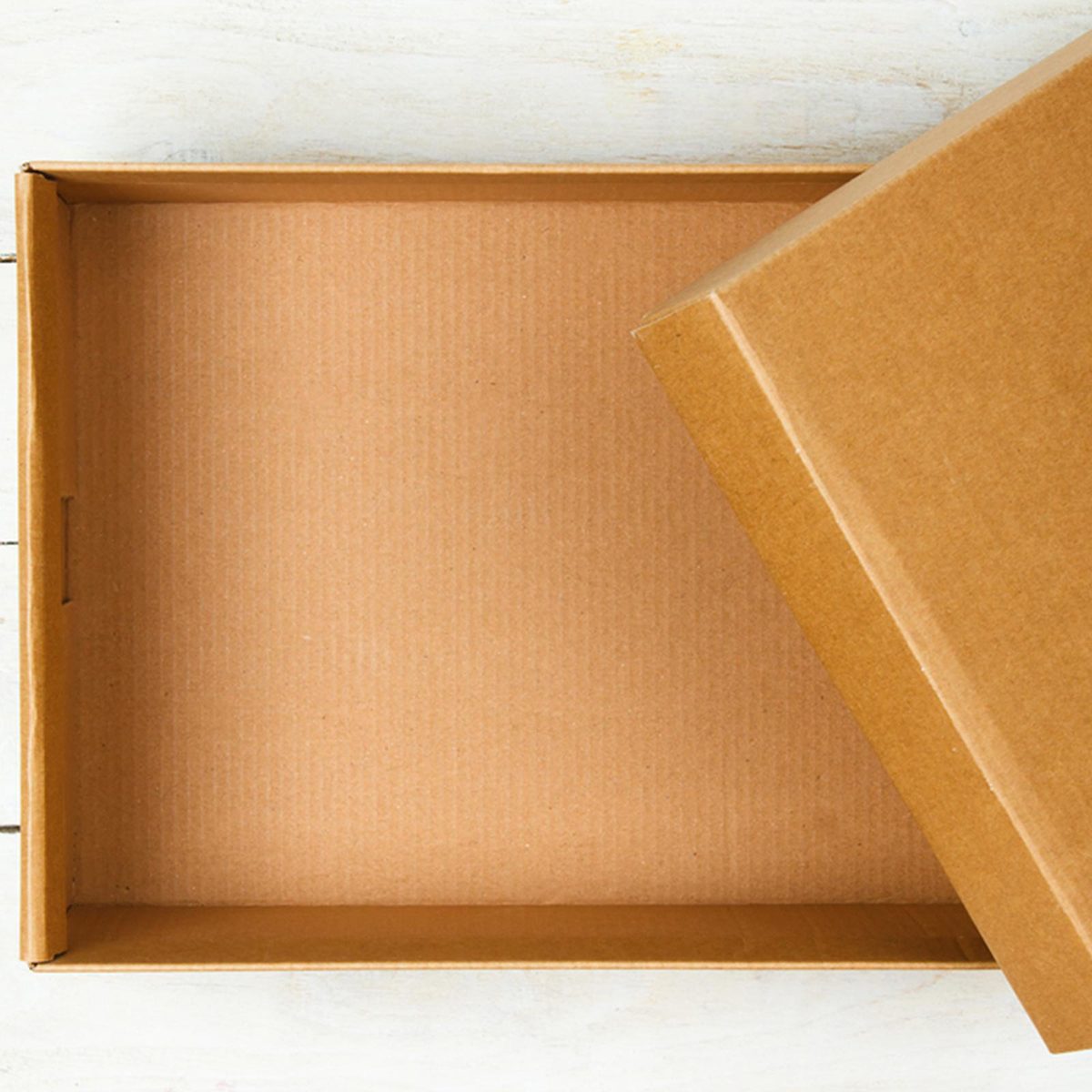
Cardboard
Recycling one ton of cardboard saves nine cubic yards of space in a landfill. “Cardboard is recyclable because of its wood fibers,” says Kemi Ibeh of MS Environmental Studies. “Though it can be recycled repeatedly, care must be taken as wood fibers get shorter with each recycling process thus compromising its performance.” Recycled cardboard can be used for paper towels, cereal boxes, shoe boxes and more.
At a cardboard recycling plant cardboard is pressed into large bales. The raw material is transported to paper mills to be unbaled and mixed with water to turn into pulp, water is then removed and new recycled cardboard is created. “The amount of water used in recycling cardboard is minimal compared to water used in the manufacturing supply chain of virgin material,” Ibeh says. Did you know you can upcycle glass jars?
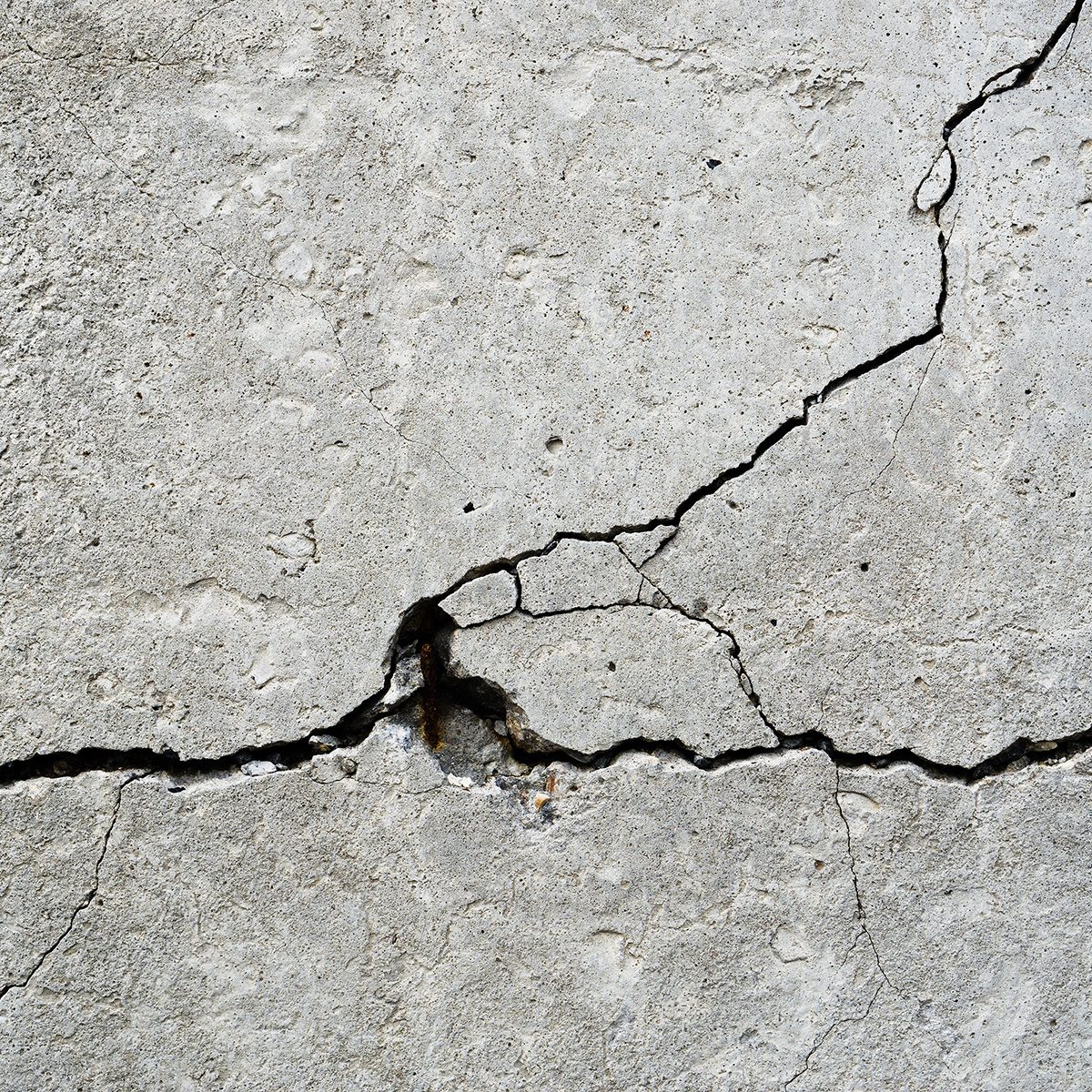
Concrete
Concrete is another material that can be recycled and used repeatedly. “Concrete is made of a simple mix that doesn’t have anything added to it and is not treated with anything to prevent it from being reused,” says Chris Batterson, waste diversion manager, construction and demolition at Rubicon Global. When concrete is recycled it’s crushed into tiny particles and then pressed through a screen to remove impure particles. The final result is like-new clean concrete that can be used for new projects including paving for roads, driveways and sidewalks.
“Concrete is quite possibly the single easiest material to find a recycling home for and the lifespan of recycled concrete can be in the hundreds of years,” says Batterson. Here’s why straws aren’t being offered in most restaurants anymore.

Hemp
As of 2018, the industrial hemp industry is legal in the United States. Raw materials can be extracted from bio-hemp waste to be used for almost anything that’s typically made out of plastic due to hemp hurds being naturally about 80 percent cellulose. Hemp fibers are some of the strongest on Earth which makes it easy to recycle and reuse—hemp paper can be recycled up to eight times. Find out which 22 big companies are ditching plastic for good.
The post The 9 Most Recyclable Materials on the Planet appeared first on Taste of Home.
Lola Méndez